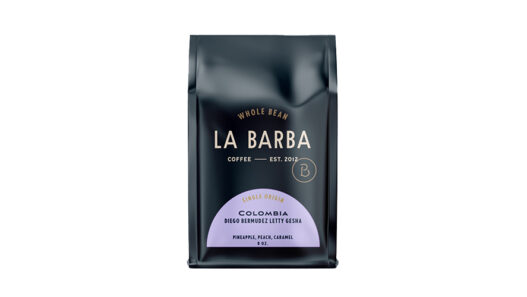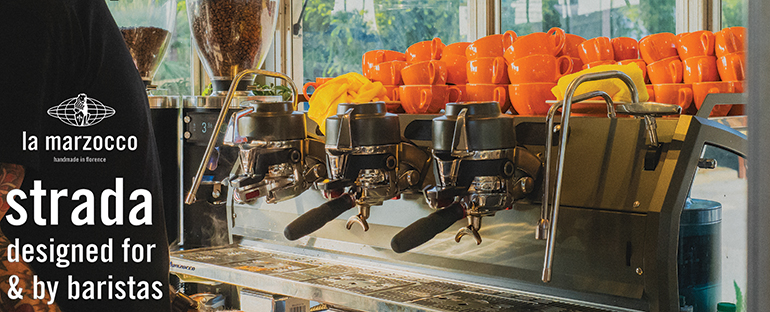
We report on the health benefits of coffee on what feels like every week. We also report in equal measure the new uses for coffee or coffee byproducts that researchers and scientists continue to find on a seemingly daily basis. Today we get to two-birds-one-stone this piece and talk about both in the same article. As reported by Beverage Daily, a researcher has found that compounds in the pulp of the coffee cherry have topical healing properties.
Tien Huynh is a senior lecturer in biosciences and biotechnology specializing in skin care and wound healing at RMIT University in Melbourne. As a Vietnam native, Dr. Huynh wanted to find alternative uses for coffee—one of the country’s main crops—as a means of helping diversify the income stream for smallholder farmers who often struggle to make ends meet. For her work, she tested a variety of compounds found in different parts of the coffee cherry—the husk, the pulp, the skin, the seed, etc—to find “different applications that can fix specific problems.”
Dr. Huynh found that, in particular, the coffee pulp showed significant efficacy in helping wounds heal more quickly. Extracted compounds from the pulp, including chlorogenic and acetic acids, were shown to increase wound closure to 40% over the first 24 hours, up from 18% for an untreated wound over the same timeframe. After 48 hours, the pulp-treated wound has completely closed whereas the untreated was still healing.
Huynh believes the research could be game changing, not just for “diabetes patients, burn victims, and even women with stretch marks after childbirth” but for the farmers growing the coffee. Finding a use for the pulp—much of which goes unused and finds its way to the trash—will provide a huge windfall for the producers, who Huynh estimates are only making $2 per kilo for “premium coffee.”
The exciting thing is, if we can find a really good application for it, the pulp is going to be worth more than the beans themselves, so that gives the farmer an opportunity to get something back for their work.
But Dr. Huynh’s work doesn’t stop there. She believes the uses for compounds found in coffee to be “limitless”:
If you’re looking at Alzheimer’s, some of the compounds like chlorogenic acid in coffee are meant to bind to an enzyme that’s linked to Alzheimer’s. If we can concentrate that natural compound, we can look at way to reduce Alzheimer’s incidence or severity…
If you’re looking at people with brain dysfunction, when the signals are not travelling easily because there is a lack of energy flowing into the brain, you can concentrate lactic acid from coffee, for instance. If you can refine the different compounds in a higher concentration, they will be much more effective for a whole combination of thing.
We’ve seen quite a few different uses for byproducts of coffee production over the years—cascara tea for the fruit, cups made of the husks, another type of tea from the pruned leaves of the coffee tree after harvest—but we see a lot fewer that fall wholly outside of the food/beverage industry. Typically coffee people use coffee byproducts to make coffee things, which makes good coffee sense. But thinking outside the coffee box and expanding the potential into different industries, especially big ones like medicine and cosmetics, could have seismic affects for farmers; it could change not only their revenue streams but how they look at production as a whole. Pretty soon, the lowly seed may be the byproduct.
Zac Cadwalader is the managing editor at Sprudge Media Network and a staff writer based in Dallas. Read more Zac Cadwalader on Sprudge.
























